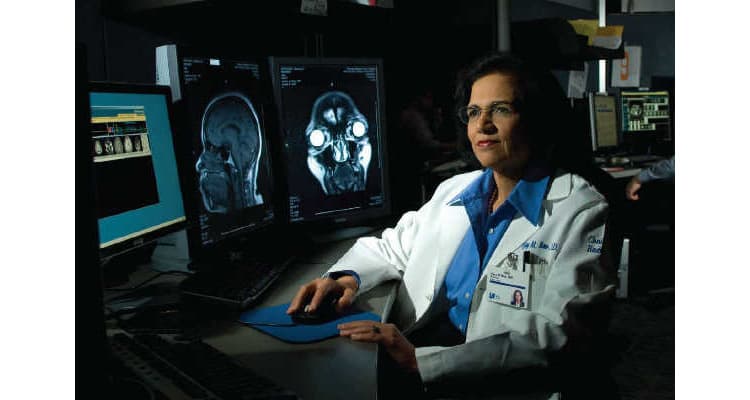

The latest generation of ultra-portable mini C-arms is reshaping point-of-care imaging by offering compact, standalone solutions suited for tight spaces and mobile use. Recently showcased at the American Academy of Orthopaedic Surgeons (AAOS) Annual Meeting 2025, these lightweight systems enable real-time diagnostics outside traditional settings. However, their success will depend on balancing portability with image quality and integration into clinical workflows to meet the growing demand for accessible, cost-effective imaging, says GlobalData.
Leading companies in this space showcased their latest devices at the recently concluded AAOS 2025, in San Diego. Ziehm-OrthoScan debuted the Versa and Turner Imaging presented the Smart-C, which is distributed in partnership with Siemens.
Ashley Clarke, Senior Medical Analyst, GlobalData, comments, “Ultra-portable systems do not have the same physical constraints of traditional bulky imaging equipment. This makes them particularly well-suited for environments where space is limited or mobility is critical, such as emergency departments, remote healthcare facilities, and small outpatient clinics. They can provide on-the-spot imaging without complex setup or dedicated imaging suites, allowing for rapid diagnoses in non-traditional settings like sideline assessments in sports medicine or mobile units for emergency care”
According to GlobalData, mini C-arms show potential for growth as healthcare providers seek more compact and cost-effective imaging solutions. However, while they are valuable for extremity imaging and quick diagnostic assessments, they are not expected to replace full-size C-arms. Procedures requiring deeper radiation penetration or broader anatomical coverage cannot be fully assessed using mini C-arms.
Clarke continues, “Their value lies in complementing the existing imaging tools rather than replacing them entirely. The challenge for manufacturers will be balancing portability with image quality while expanding use cases to remain competitive with other mobile units. Factors such as cost, battery life, radiation dose optimisation, and integration with digital health systems will influence how widely these devices are adopted.”
Currently, mini C-arm competition is limited, with no known pipeline products from other major C-arm manufacturers, GE Healthcare or Philips. These companies may view the market as too niche or low margin to warrant entry, or they may be focusing on advancing other imaging technologies. Other technologies, such as Adaptix’s Digital Tomosynthesis Orthopaedic imaging system, are also emerging as point-of-care extremity imaging solutions. As the demand for cost- and space-effective imaging solutions continues to increase, market dynamics may change.
Clarke concludes, “Diagnostic imaging is increasingly driven by the need for faster, more accessible point-of-care solutions. While ultra-portable mini C-arms may remain a complementary innovation, their continued development could drive broader shifts in fluoroscopy technology, influencing future designs of both compact and full-size C-arms. As the market evolves, future advancements may include AI-assisted imaging, better software integration, and expanded clinical applications to attract a wider customer base. Proving long-term value will be key to widespread adoption and improving accessibility in healthcare.”




